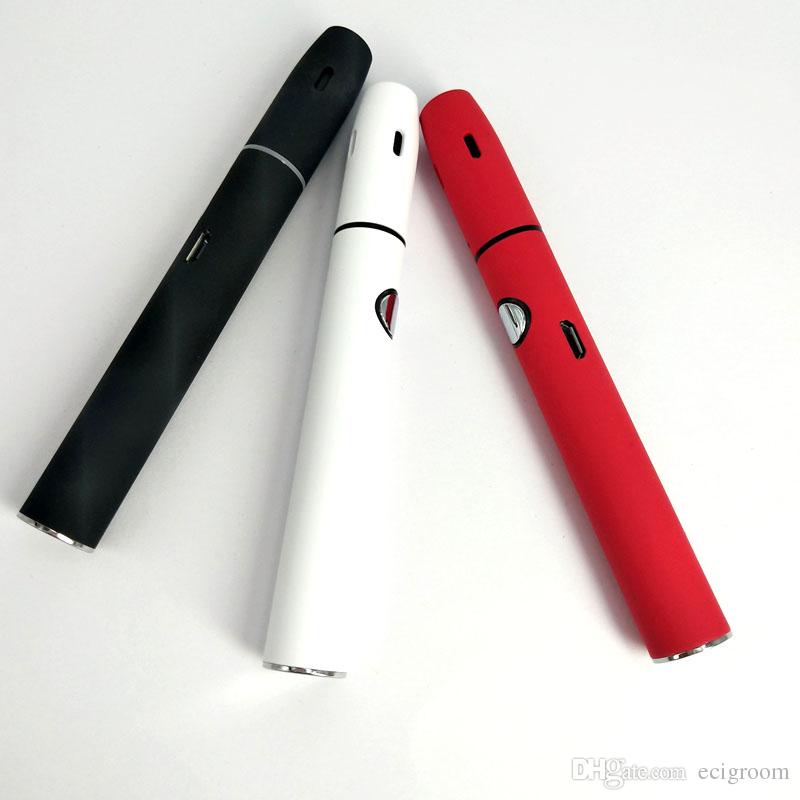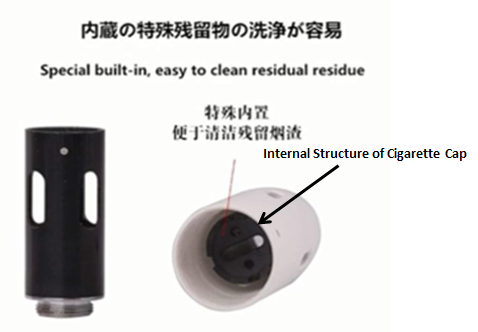Prior art search: When simple and obvious concepts are patented in a different industry
Patent attorneys are often in a zero-sum game when it comes to litigation. Wins are attributed to how strong the prior art is with the attorney. My job is to find this prior art.
Most patent search companies run patent searches like every prior art search is same. If I have to be raw and summarize, it is all about: Pick up the keywords and shove it to the patent database.
I feel lucky my team and company operates differently.
We connect dots, find anomalies (hidden signals), locate leads, and then use the standard process of searching.
At GreyB, we call this as Investigative Searching vs. just a prior art search.
I want to explain how I used this approach in an actual project. I was given the job of invalidating a mechanical concept claimed in the patent. The patent was describing the pen-like structure of an e-cigarette. The claims were specific to the upper body covered with a cap-like holder.
To give you an idea, here’s a general picture from the internet to show what we mean by the holder.

Something simple, perhaps a bit obvious too is claimed and the patent is granted.
This is often frustrating.
The granted claim set in a patent highlights the novelty of the patent. For a searcher, the search becomes complex when what is claimed is a simple concept, like in my case, a mechanical arrangement. My best guess is, the patent is granted because the concept seemed new in the field of e-cigarettes, and the examiner let it through.
I am not a smoker, but I understand technology, and that matters here.
We started with our search. Patents were searched on the patent databases. In parallel, scientific literature was searched too. There came up no good results in the search across databases. Locating prior art was getting complex.
We try to follow many methods of searching. One that worked in this case was – observe what happened in the industry around this patent. An invention can’t come out of thin air. There must be some back story and it can be inconspicuous.
What did we observe first: There were many products in the market, mostly after the cut-off date of the patent. One theory is established, it is not a product that one player manufactured. There seems to be a trend of the claimed structure in the products offered by industry.
Second observation: Most of the products are launched within 5-7 months of the patent grant. This is something to be investigated further. Why did this happen?
I started building a timeline of patents and the launch date of products. In this chronology, I found a Kamry product. The interesting part is the product has a similar structure. What really made me curious was that the product was launched just a week before the cut off date of the patent.
TIP: Plotting chronology of products with timeline around the cut-off date helps you better understand what led the filing of the patent.
I start exploring Kamry products in further detail. I located the Kamry product from “DHgate.com”.
What is so special here? Well, the website has customer comments, date stamped too. I observed customer comments were uploaded two weeks before the cut off date of the patent. However, the same problem persists. Disclosure is not to the level that I can challenge the claims.
The inner shape of the holder was not clear from the uploaded product images. If the product is similar, I have come so far, there must be something else which I am missing.
Curiosity is the reason you will find prior art, it has always worked for me as a patent searcher.
Some customers did get the product. Now I try to imagine what do people do who acquire the most recent product which is not available in abundance in the market. They flaunt about it. They make social media posts about it. And, they sometimes make videos of the unboxing, how-to guides, the reviews of the product.
This was the turning point.
All I did was searched for the Kamry product videos on YouTube. It is such a surprise that search terms like “Original Kamry 2.0 plus” on Youtube will prove to be a source of prior art?
I got 15 such videos. One particular video was more descriptive. It showed the internal structure of the holder very clearly.

Now as per the laws (US/EP), we can use YouTube videos that are publicly available before the cut-off date as prior art. So, the first thing that I did after getting this video was checking its uploaded date. This video was uploaded one month prior to the cut-off date.

As the external shape (along with internal structure) was exactly similar to the required one, so this video contributed as strong prior art.
Don’t just think prior art is an old patent. Prior art can be anything.
Learnings from the project
The most important learning that I gathered from this project is to prioritize the initial search field and in case you get a good lead, explore it completely. There are different ways to explore in a search but the way you choose must have some logic behind it.
Additionally, having the knowledge and knowing how to implement it at the right time really helps. In the above case, it was the awareness and application of the law that we can use publicly available YouTube videos uploaded before the cut-off date as prior art.
In the past few years, I have learned that cultivating an investigative approach towards searches is pretty crucial to attain any success. Want to know more about the investigative approach at work? Click here to find out.
Wanna try the power of this investigative approach on your invalidation searches? Fill the form below and we’ll get right to it!
Authored by: Surbhi Gautam, Research Analyst.




